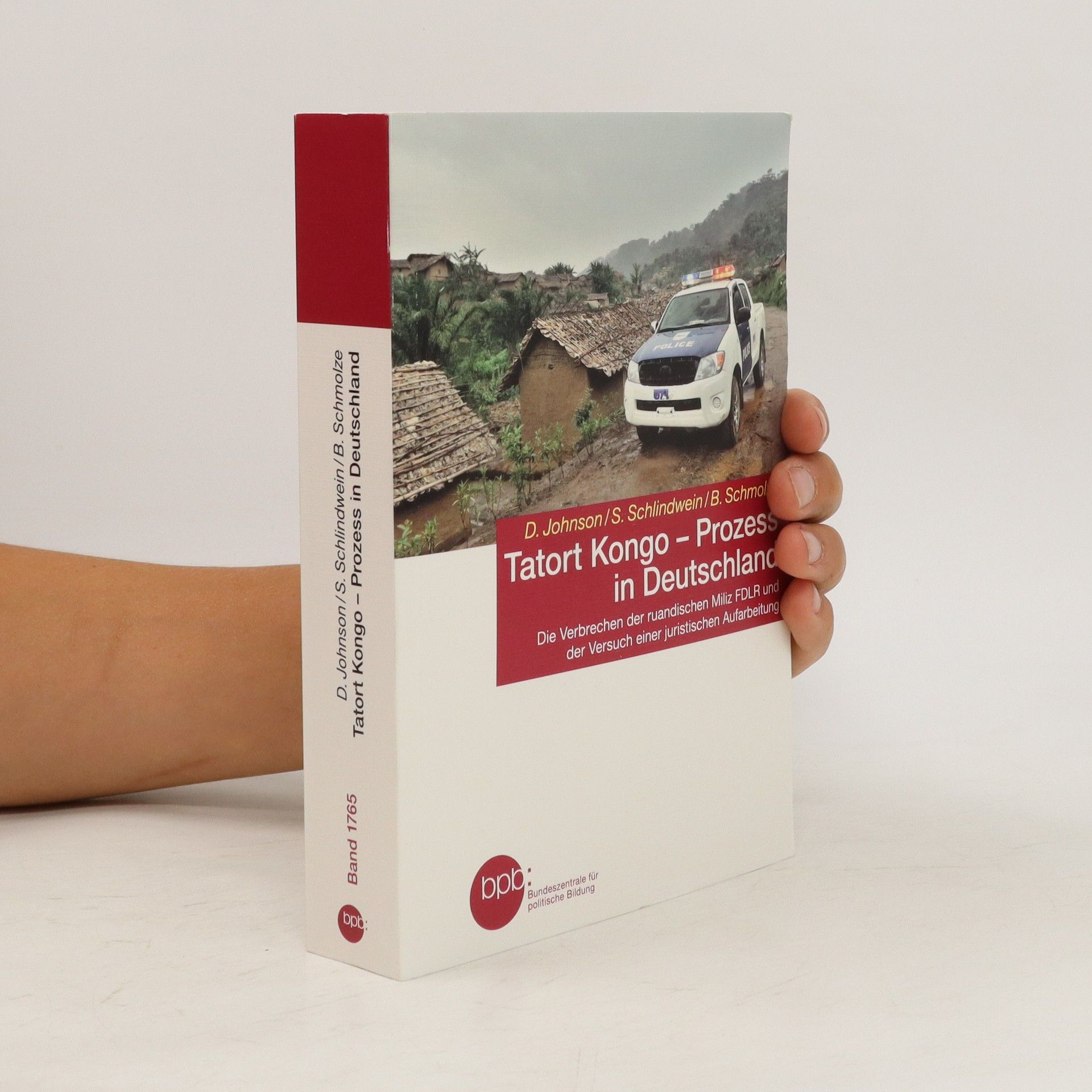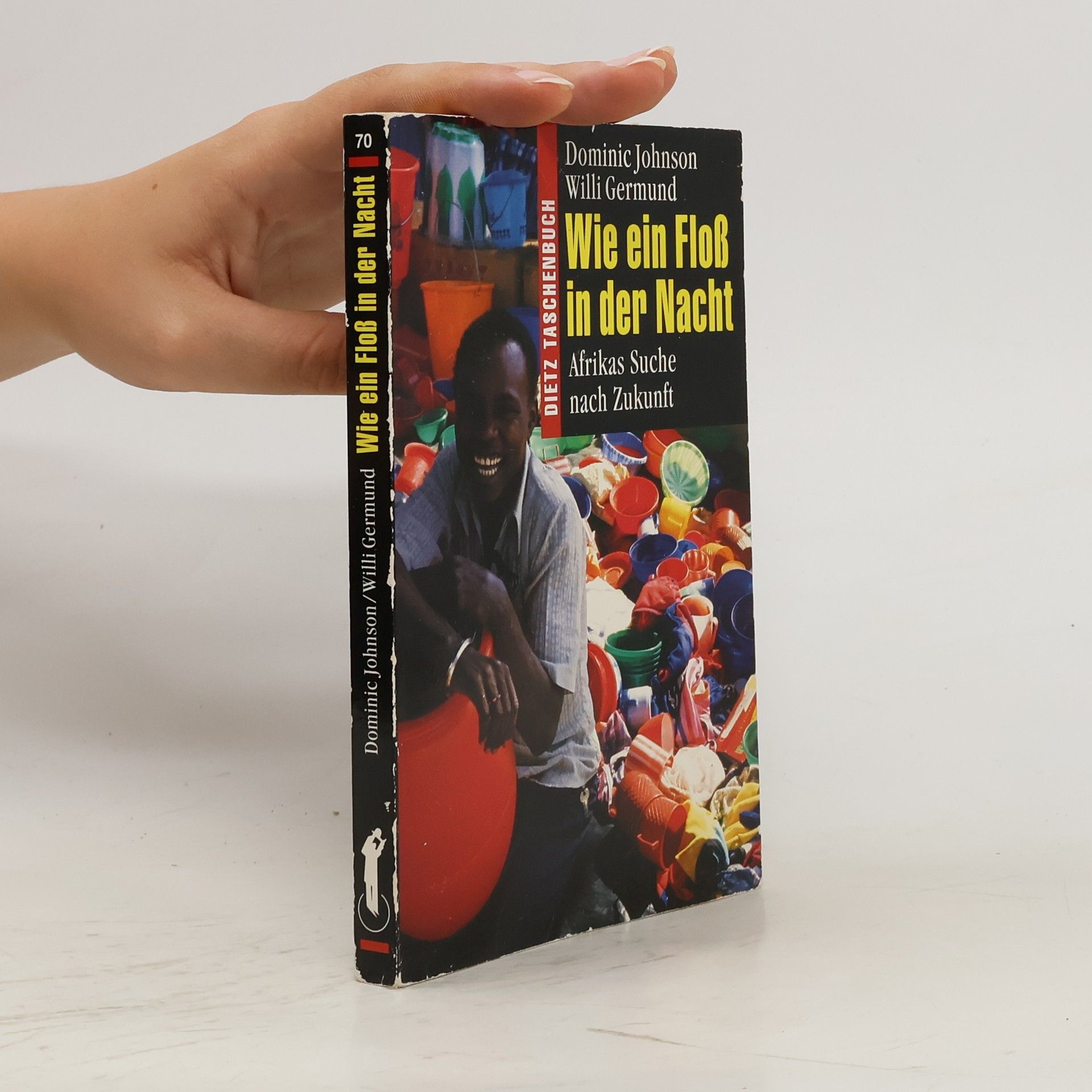Strategic Instincts
- 392 pages
- 14 hours of reading
"At the heart of much work in international relations is the attempt to understand why citizens and leaders act as they do-and over the last decade, a growing body of research has shown that the "rational choice theory" that has long guided this understanding is insufficient. People do not always behave rationally; instead, most of us have psychological biases that cause us to behave "irrationally." As political science has integrated this new behavioral research, the literature has tended to view such biases as source of errors or mistakes. Yet for other fields-most notably evolutionary biology-the same psychological biases are recognized as adaptive heuristics that evolved to improve our decision-making, not to undermine it. In this book, Johnson uses his cross-disciplinary training to push this evolutionary understanding of biases into the study of politics. Specifically, he asks: when and how can psychological biases cause or promote success in the realm of international relations? Johnson focuses on three of the most prominent psychological biases-overconfidence, the fundamental attribution error (the tendency to see others' actions as motivated by personality rather than the influence of external/situational factors) and in-group/out-group bias (favoring members of group one identifies with over those one does not). He outlines the scientific research on each bias, explores its adaptive advantages, and then gives detailed historical examples where the bias seems to have caused strategic advantages, focusing on the American Revolution (overconfidence), the UK and the appeasement of Hitler (fundamental attribution error) and the Pacific campaign in WW2 (group bias). He then circles back to acknowledge the "dark side" of biases when taken to the extreme, considering how confidence becomes hubris, the attribution error becomes paranoia and group bias becomes racism. Ultimately, Johnson argues that this evolutionary perspective is the crucial next step in bringing psychological insights to bear on the foundational questions in the field"-- Provided by publisher



